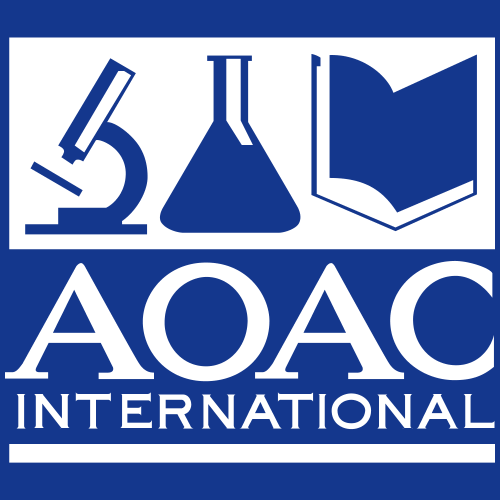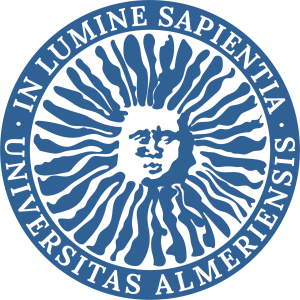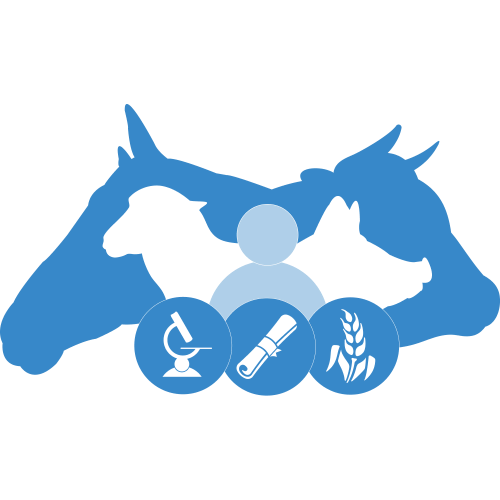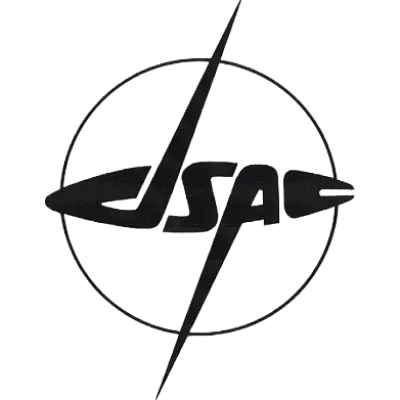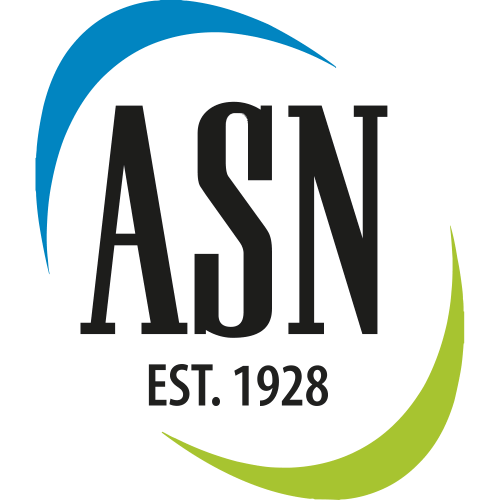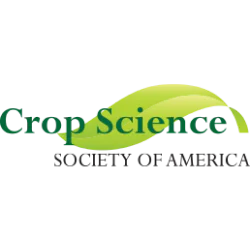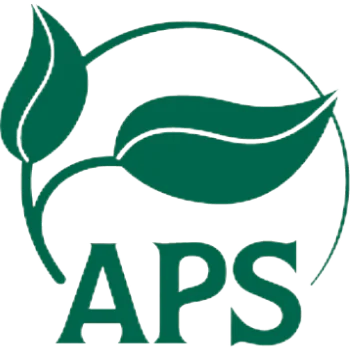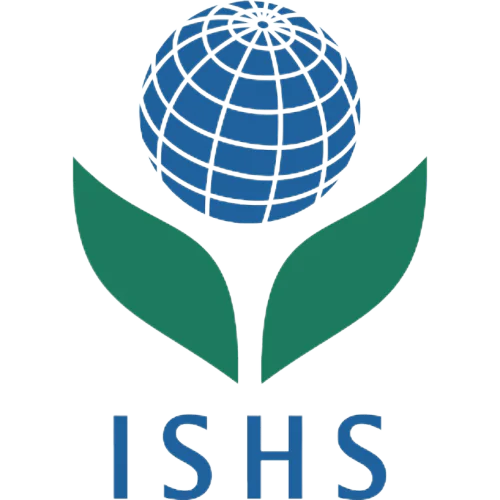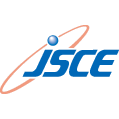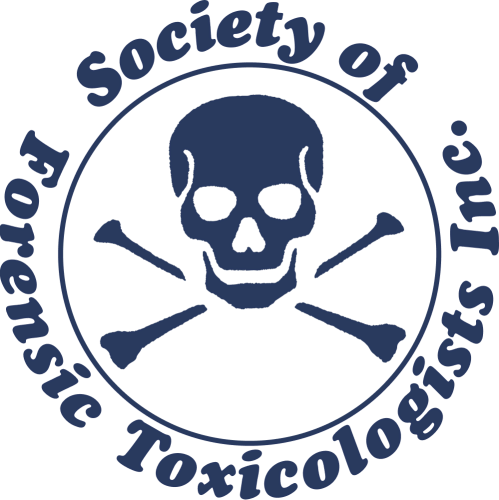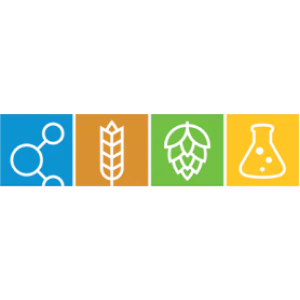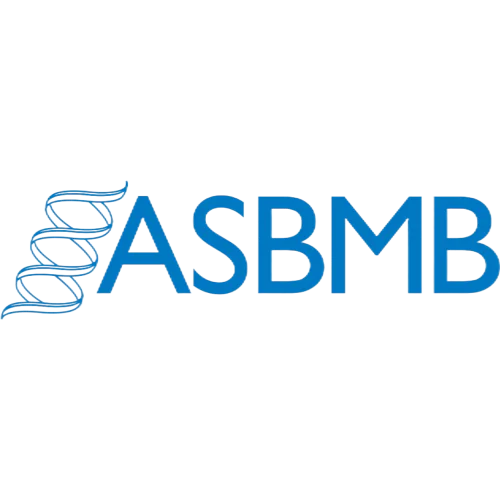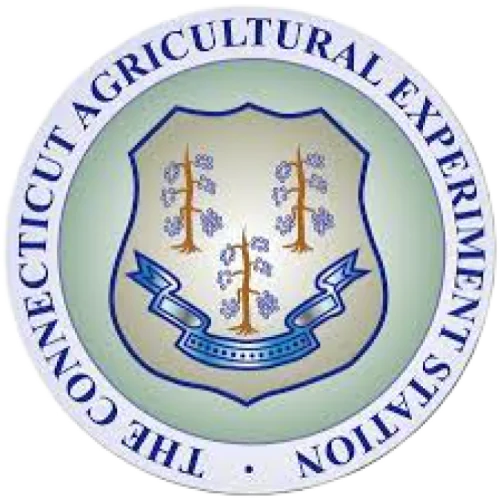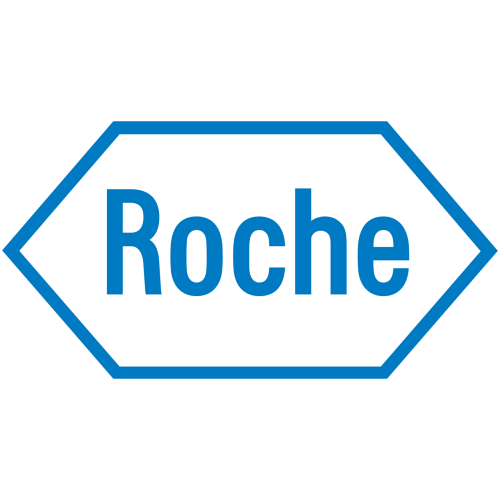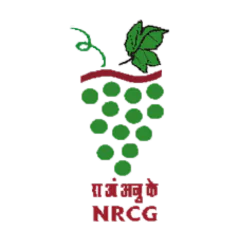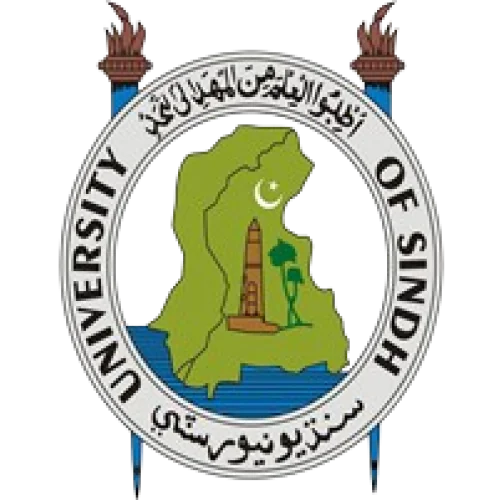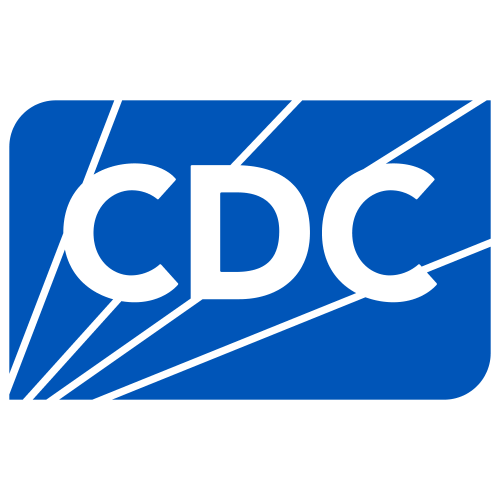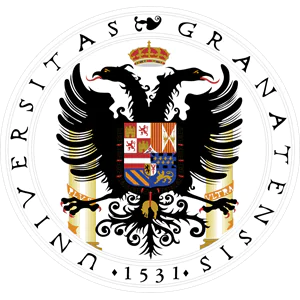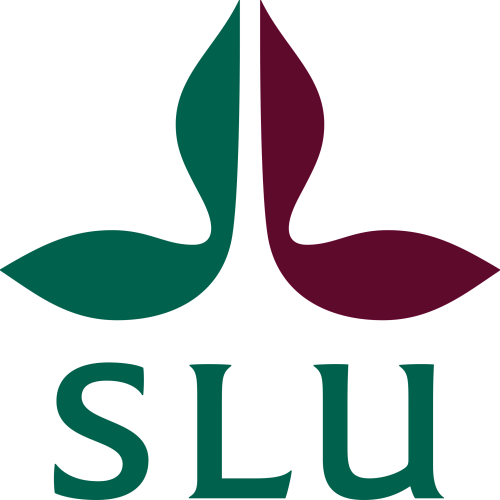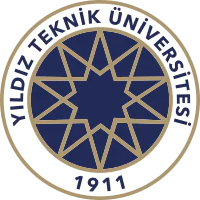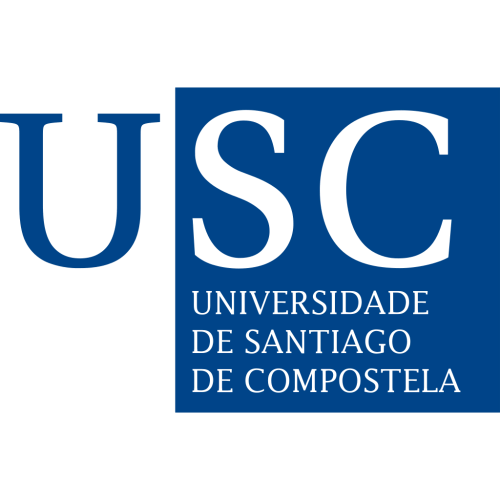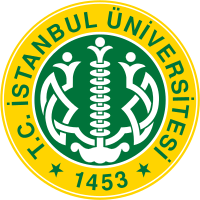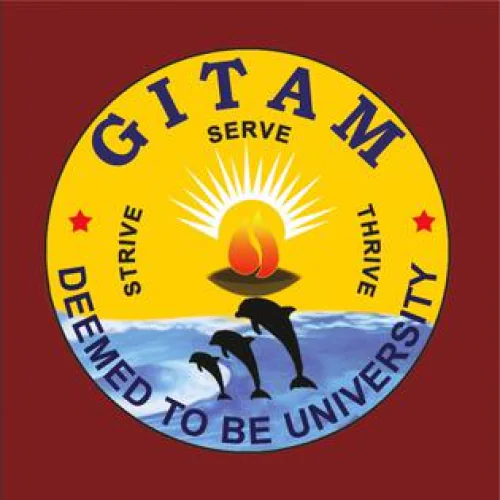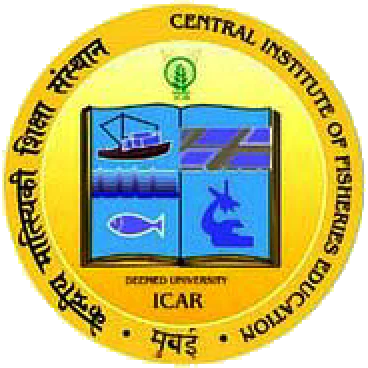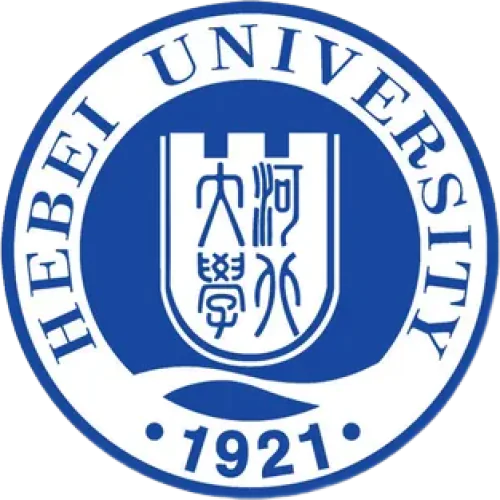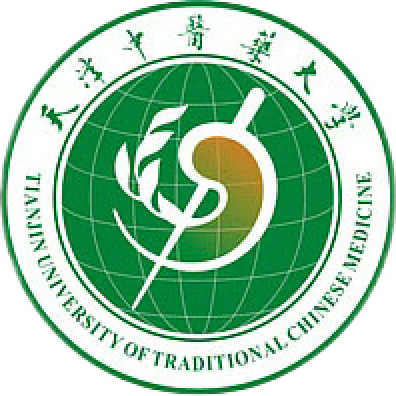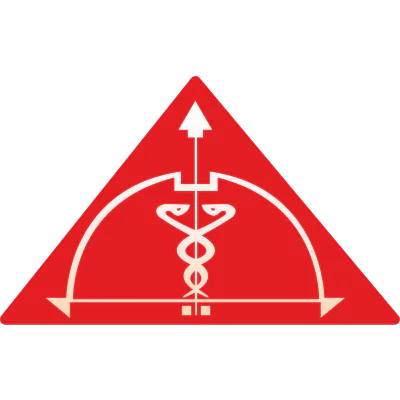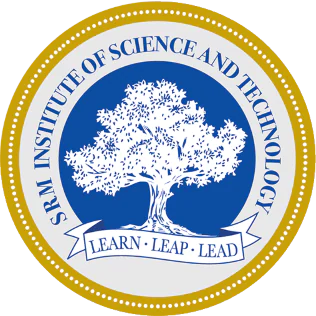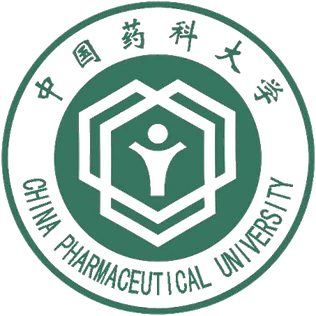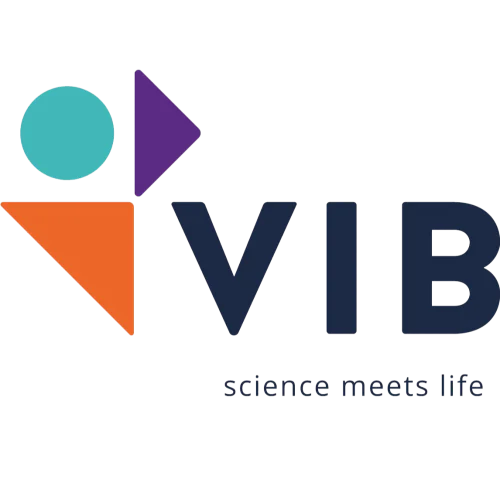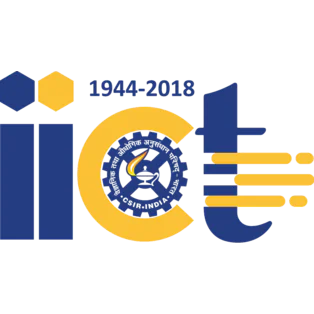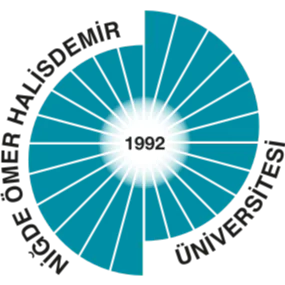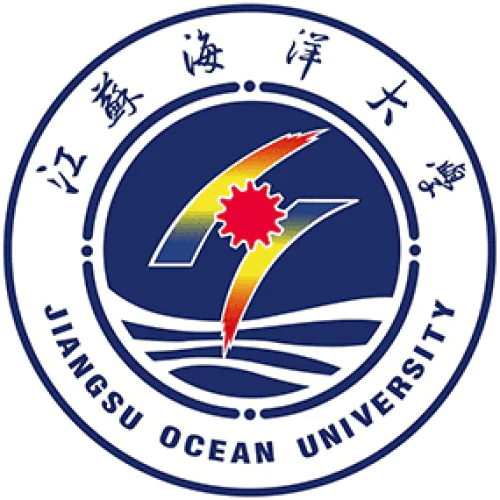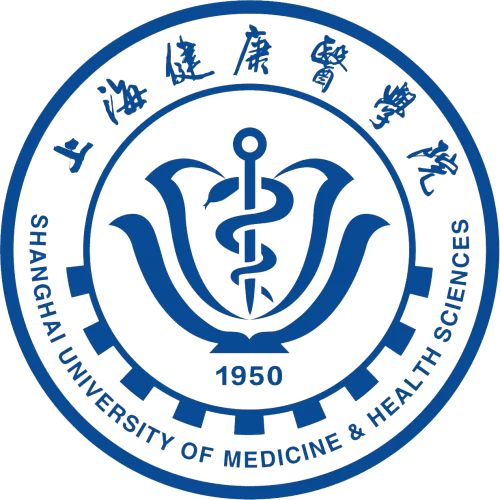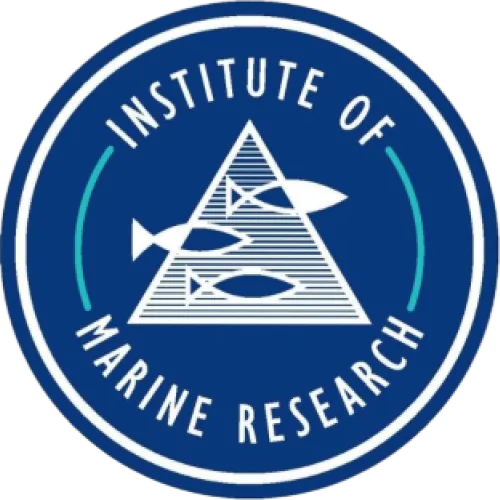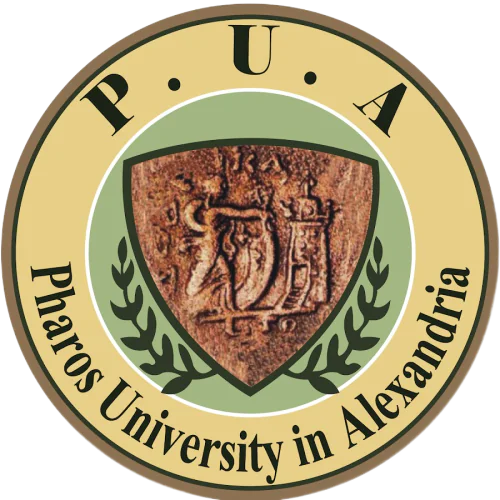Journal of AOAC International
Are you a researcher?
Create a profile to get free access to personal recommendations for colleagues and new articles.
SCImago
Q2
WOS
Q3
Impact factor
1.7
SJR
0.411
CiteScore
4.2
Categories
Agronomy and Crop Science
Food Science
Analytical Chemistry
Environmental Chemistry
Pharmacology
Areas
Agricultural and Biological Sciences
Chemistry
Environmental Science
Pharmacology, Toxicology and Pharmaceutics
Years of issue
1993-2025
journal names
Journal of AOAC International
J AOAC INT
Top-3 citing journals

Journal of Chromatography A
(3764 citations)

Food Chemistry
(3394 citations)
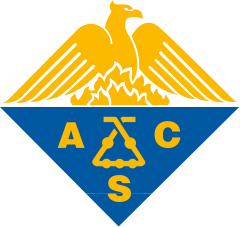
Journal of Agricultural and Food Chemistry
(3168 citations)
Top-3 organizations

Food and Drug Administration
(7065 publications)

Agricultural Research Service
(761 publications)

Purdue University
(381 publications)

Food and Drug Administration
(28 publications)

Cairo University
(26 publications)

Egyptian Russian University
(15 publications)
Top-3 researchers by articles count
6 publications in journal
Moawiya Haddad
39 publications,
308 citations,
10 reviews
h-index: 9
Most cited in 5 years
Found
Nothing found, try to update filter.
Found
Nothing found, try to update filter.
Top-100
Citing journals
|
500
1000
1500
2000
2500
3000
3500
4000
|
|
|
Journal of Chromatography A
3764 citations, 3.34%
|
|
|
Food Chemistry
3394 citations, 3.01%
|
|
|
Journal of Agricultural and Food Chemistry
3168 citations, 2.81%
|
|
|
Analytical and Bioanalytical Chemistry
1855 citations, 1.64%
|
|
|
Foods
1507 citations, 1.34%
|
|
|
Food Control
1332 citations, 1.18%
|
|
|
Analytica Chimica Acta
1312 citations, 1.16%
|
|
|
Food Additives and Contaminants - Part A Chemistry, Analysis, Control, Exposure and Risk Assessment
1285 citations, 1.14%
|
|
|
Molecules
1216 citations, 1.08%
|
|
|
Food Analytical Methods
1112 citations, 0.99%
|
|
|
Microchemical Journal
1068 citations, 0.95%
|
|
|
Journal of AOAC International
1037 citations, 0.92%
|
|
|
Journal of Food Composition and Analysis
973 citations, 0.86%
|
|
|
Journal of Dairy Science
958 citations, 0.85%
|
|
|
Analytical Methods
934 citations, 0.83%
|
|
|
Journal of Separation Science
915 citations, 0.81%
|
|

Journal of Chromatography B: Analytical Technologies in the Biomedical and Life Sciences
874 citations, 0.77%
|
|
|
Talanta
851 citations, 0.75%
|
|
|
Toxins
837 citations, 0.74%
|
|
|
Journal of Pharmaceutical and Biomedical Analysis
710 citations, 0.63%
|
|
|
Journal of Food Science
701 citations, 0.62%
|
|
|
Chromatographia
690 citations, 0.61%
|
|
|
Analytical Chemistry
685 citations, 0.61%
|
|
|
Food Research International
674 citations, 0.6%
|
|
|
Journal of Food Protection
663 citations, 0.59%
|
|
|
Food Additives & Contaminants
637 citations, 0.56%
|
|
|
Journal of Liquid Chromatography and Related Technologies
623 citations, 0.55%
|
|
|
Journal of the Science of Food and Agriculture
611 citations, 0.54%
|
|
|
LWT - Food Science and Technology
583 citations, 0.52%
|
|
|
Journal of Animal Science
568 citations, 0.5%
|
|
|
Spectrochimica Acta - Part A: Molecular and Biomolecular Spectroscopy
561 citations, 0.5%
|
|
|
European Food Research and Technology
560 citations, 0.5%
|
|
|
Analytical Letters
526 citations, 0.47%
|
|
|
Scientific Reports
490 citations, 0.43%
|
|
|
Science of the Total Environment
473 citations, 0.42%
|
|
|
Shokuhin eiseigaku zasshi. Journal of the Food Hygienic Society of Japan
472 citations, 0.42%
|
|
|
TrAC - Trends in Analytical Chemistry
466 citations, 0.41%
|
|
|
Toxicon
461 citations, 0.41%
|
|
|
Nutrients
459 citations, 0.41%
|
|
|
International Journal of Environmental Analytical Chemistry
436 citations, 0.39%
|
|
|
Critical Reviews in Food Science and Nutrition
428 citations, 0.38%
|
|
|
Animal Feed Science and Technology
410 citations, 0.36%
|
|
|
Food and Chemical Toxicology
394 citations, 0.35%
|
|
|
Poultry Science
361 citations, 0.32%
|
|
|
Journal of Planar Chromatography - Modern TLC
356 citations, 0.32%
|
|
|
Biomedical Chromatography
352 citations, 0.31%
|
|
|
Journal of Chromatographic Science
349 citations, 0.31%
|
|
|
Rapid Communications in Mass Spectrometry
344 citations, 0.3%
|
|
|
International Journal of Molecular Sciences
342 citations, 0.3%
|
|
|
Chemosphere
332 citations, 0.29%
|
|
|
EFSA Journal
324 citations, 0.29%
|
|
|
Environmental Science and Pollution Research
323 citations, 0.29%
|
|
|
PLoS ONE
322 citations, 0.29%
|
|
|
World Mycotoxin Journal
320 citations, 0.28%
|
|
|
Comprehensive Analytical Chemistry
317 citations, 0.28%
|
|
|
International Journal of Food Microbiology
317 citations, 0.28%
|
|
|
Journal of Mass Spectrometry
312 citations, 0.28%
|
|
|
Meat Science
312 citations, 0.28%
|
|
|
Critical Reviews in Analytical Chemistry
301 citations, 0.27%
|
|
|
Phytochemical Analysis
301 citations, 0.27%
|
|
|
International Journal of Food Science and Technology
293 citations, 0.26%
|
|
|
Journal of Environmental Science and Health - Part B Pesticides, Food Contaminants, and Agricultural Wastes
290 citations, 0.26%
|
|
|
Harmful Algae
277 citations, 0.25%
|
|
|
Marine Drugs
272 citations, 0.24%
|
|
|
Journal of Analytical Atomic Spectrometry
262 citations, 0.23%
|
|
|
Mycotoxin Research
255 citations, 0.23%
|
|
|
Trends in Food Science and Technology
246 citations, 0.22%
|
|
|
Comprehensive Reviews in Food Science and Food Safety
244 citations, 0.22%
|
|
|
Animals
239 citations, 0.21%
|
|
|
Sensors and Actuators, B: Chemical
236 citations, 0.21%
|
|
|
JAOCS, Journal of the American Oil Chemists' Society
235 citations, 0.21%
|
|
|
Environmental Monitoring and Assessment
232 citations, 0.21%
|
|
|
Antioxidants
230 citations, 0.2%
|
|
|
RSC Advances
229 citations, 0.2%
|
|
|
BMC Chemistry
226 citations, 0.2%
|
|
|
Biosensors and Bioelectronics
225 citations, 0.2%
|
|
|
Plants
224 citations, 0.2%
|
|
|
Frontiers in Nutrition
223 citations, 0.2%
|
|
|
Journal of Analytical Chemistry
221 citations, 0.2%
|
|
|
Analytical Sciences
218 citations, 0.19%
|
|
|
Electrophoresis
211 citations, 0.19%
|
|
|
International Journal of Biological Macromolecules
210 citations, 0.19%
|
|
|
International Dairy Journal
207 citations, 0.18%
|
|
|
Bulletin of Environmental Contamination and Toxicology
202 citations, 0.18%
|
|
|
Frontiers in Microbiology
198 citations, 0.18%
|
|
|
Aquaculture
196 citations, 0.17%
|
|
|
Food and Function
191 citations, 0.17%
|
|
|
The Analyst
190 citations, 0.17%
|
|
|
Journal of Food Science and Technology
189 citations, 0.17%
|
|
|
Sensors
186 citations, 0.16%
|
|
|
Applied Sciences (Switzerland)
177 citations, 0.16%
|
|
|
Separations
176 citations, 0.16%
|
|
|
Food and Agricultural Immunology
175 citations, 0.16%
|
|
|
Environmental Science & Technology
175 citations, 0.16%
|
|
|
Luminescence
173 citations, 0.15%
|
|
|
European Journal of Lipid Science and Technology
172 citations, 0.15%
|
|
|
British Journal of Nutrition
172 citations, 0.15%
|
|
|
Journal of Food Measurement and Characterization
171 citations, 0.15%
|
|
|
Frontiers in Plant Science
169 citations, 0.15%
|
|
|
Cereal Chemistry
165 citations, 0.15%
|
|
|
500
1000
1500
2000
2500
3000
3500
4000
|
|
Citing publishers
Publishing organizations
Publishing organizations in 5 years
Publishing countries
Publishing countries in 5 years
6 publications in journal
Moawiya Haddad
39 publications,
308 citations,
10 reviews
h-index: 9
2 publications in journal

Merey Hanan
29 publications,
324 citations
h-index: 11

Cairo University
1 publication in journal

Abramović Biljana
127 publications,
2 869 citations,
12 reviews
h-index: 33

University of Novi Sad
1 publication in journal

52 publications,
1 211 citations
h-index: 18
